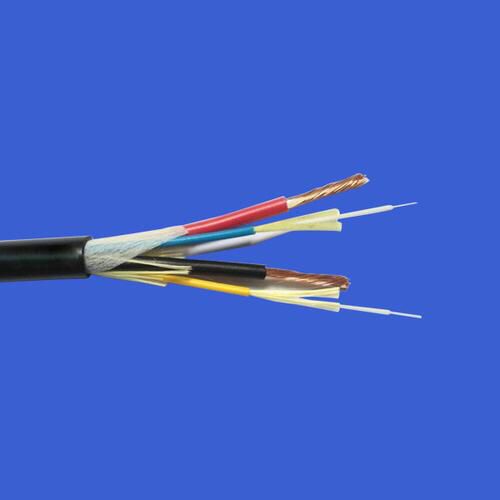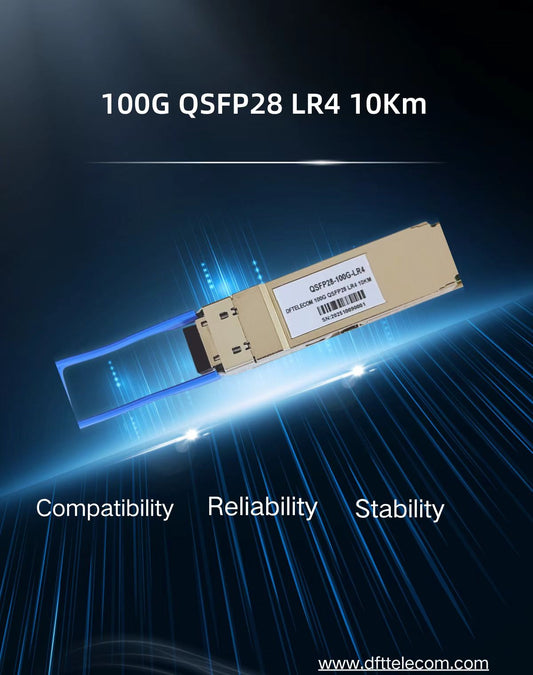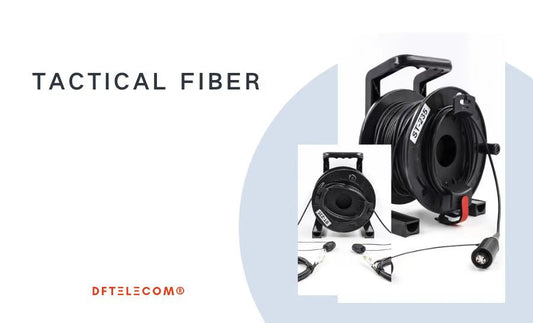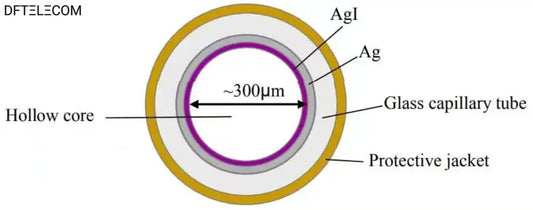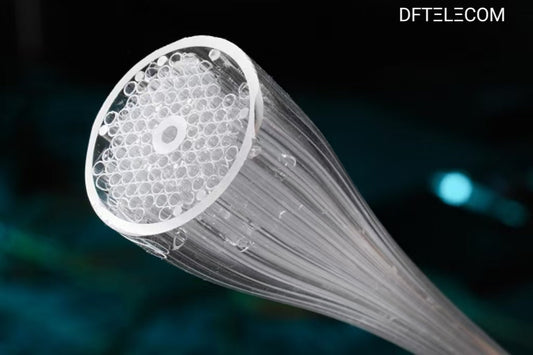Building a systematic lifecycle management system for optical fiber cables, from initial selection to mid-term maintenance and later replacement, is of great significance for extending the service life of optical cables, reducing failure rates and improving network operation levels.
As a key component of modern communication networks, the stability and performance of optical fiber cables directly affect the operational efficiency of the entire data center and enterprise network. Building a systematic lifecycle management system for optical fiber cables, from initial selection to mid-term maintenance and later replacement, is of great significance for extending the service life of optical cables, reducing failure rates and improving the operational level of the network.
This article will delve into the three core stages of the fiber optic cable life cycle: selection and installation, use and maintenance, evaluation and replacement, and provide professional advice and practical strategies.

1. Selection and Installation: Laying the Foundation for a high-performance Network
1. Select the right fiber optic cable
The first step in building a high-performance network is to select the right type. Selecting fiber optic cables that match the specific application scenario not only ensures maximum link performance but also effectively reduces maintenance costs later on. When selecting, focus on the following factors:
Fiber mode: Whether to choose single-mode (OS2) or multi-mode (OM1/OM2/OM3/OM4/OM5) depends on the transmission distance, bandwidth requirements, and budget.
Connector type: Interface forms such as LC, SC, ST or MTP/MPO determine cable compatibility and deployment flexibility.
Sheath type and material: Choose flame-retardant, low smoke, armored or industrial-grade sheaths based on the installation environment (indoor/outdoor, high temperature/humid, industrial site, etc.).
Standards and Certifications: Prioritize products that comply with international standards such as IEC, TIA, and RoHS to ensure quality and safety.
2 Best practices for fiber optic cable installation
Even if high-quality optical cables are chosen, improper installation can lead to significant performance degradation or even link failure. To ensure the long-term stable operation of the system, the following installation specifications should be followed:
Pre-installation inspection: Visually inspect the end faces of all connectors for defects such as cracks, dust, and bends, and replace faulty components in a timely manner.
Keep the minimum bending radius: Avoid excessive bending to prevent micro-bending wear. Minimum bending radius requirements should be adhered to according to cable specifications.
Avoid pulling and twisting: Excessive tension or twisting can weaken the fiber and increase the risk of breakage.
Protect the connector end face cleaning: Use pen or roller cleaning tools to ensure there is no dust or oil residue.
Use structured cabling systems: Use trays, cable racks, labels, and cable ties properly to ensure neat cabling and easy maintenance.
2. Use and Maintenance: Ensure the long-term stable operation of the link
Although fiber optic cables do not require frequent maintenance after being put into operation, neglecting daily management can significantly shorten their lifespan. A good maintenance strategy can not only reduce link disruptions but also avoid high costs of fault repair.
1 Secure the cable properly to reduce mechanical stress
Use structured cabling tools such as cable managers, cable management frames, and flexible support systems to ensure that the cable is not subject to tension, twisting, or compression. Special attention should be paid to stress control in cross areas and bends to prevent the formation of micro-bends or breaks.
2 Clean the end face of the connector regularly
Dust and grease are common causes of increased insertion loss and signal attenuation. It is recommended to perform cleaning operations in the following scenarios:
Before the first installation
After each plug and unplug
When performance degradation or link instability occurs
Cleaning is recommended using tools such as professional fiber optic cleaning pens, wet/dry cleaning tapes, or one-click MPO cleaners, and following cleaning operation guidelines from manufacturers such as DFT.
3 Avoid environmental risks
Optical cables are more sensitive to environmental changes and should try to avoid the following effects:
High temperatures and humidity: may cause the sheath to age and the fiber to expand.
Uv exposure: Prolonged exposure to sunlight can make the sheath brittle.
Chemical corrosives: such as industrial oil mists, acidic and alkaline liquids.
In harsh environments, choose armoured optical cables or industrial-grade optical fibers that are water-resistant, UV-resistant and corrosion-resistant.
4 Establish a routine inspection and maintenance log
Develop a periodic inspection plan (e.g., quarterly or semi-annually) that includes:
Check the appearance of the cable for wear, indentations, or damage to the sheath
Check if the connectors are loose, detached or discolored
Check if there are fluctuations, packet loss, or delays in the signal
Keeping detailed logs of each inspection, cleaning, and exception handling helps with subsequent troubleshooting and maintenance decisions.
3. Evaluation and Replacement: Keeping the network up-to-date
The performance of optical cables will inevitably decline over time. Upgrading or replacing aging cables in a timely manner through scientific evaluation mechanisms is key to ensuring high network availability.
1. How to tell if a cable is aging?
Aging optical cables will show the following signals:
The insertion loss increases significantly
There are frequent interruptions or packet losses on the link
An increase in reflection points or abnormal positions during OTDR testing
The signal quality and bandwidth do not meet the current requirements
It is recommended to use professional tools such as OTDR (Optical Time Domain Reflectometer) or optical power meters for regular performance testing and link health assessment.
2 Upgrade to meet bandwidth development needs
As 10G/40G networks move towards 100G/400G, early-deployed multimode cables such as OM1/OM2 are struggling to meet current transmission rates. The following upgrade strategies may be considered:
Multimode upgrade path: OM2→OM4/OM5 (supporting longer transmission distance and higher rate)
Single-mode replacing multi-mode: Deploy OS2 single-mode cables for long-distance, high-bandwidth transmission with enhanced future compatibility
Upgrade recommendations are based on network planning, business requirements and cost considerations to avoid duplicate investment.
3 Replace defective or damaged cables
The following conditions indicate immediate replacement:
The sheath is yellow, aged, and cracked
The connector is damaged, detached or poorly inserted and unplugged
Repeated plugging and unplugging of optical cables leads to unstable performance
Severe backhaul and insertion damage were found in OTDR tests
It is recommended to adopt condition-based maintenance instead of the fixed-cycle replacement strategy, and to develop replacement plans based on actual performance and operating conditions.
Summary
Mastering the entire lifecycle management process of optical fiber cables, from scientific selection, standard installation, meticulous maintenance to intelligent assessment and timely replacement, is the foundation for ensuring the efficient operation of modern communication systems. By adopting industry best practices and combining advanced tools and management concepts, enterprises can significantly reduce failure rates, extend equipment life and improve network performance.

